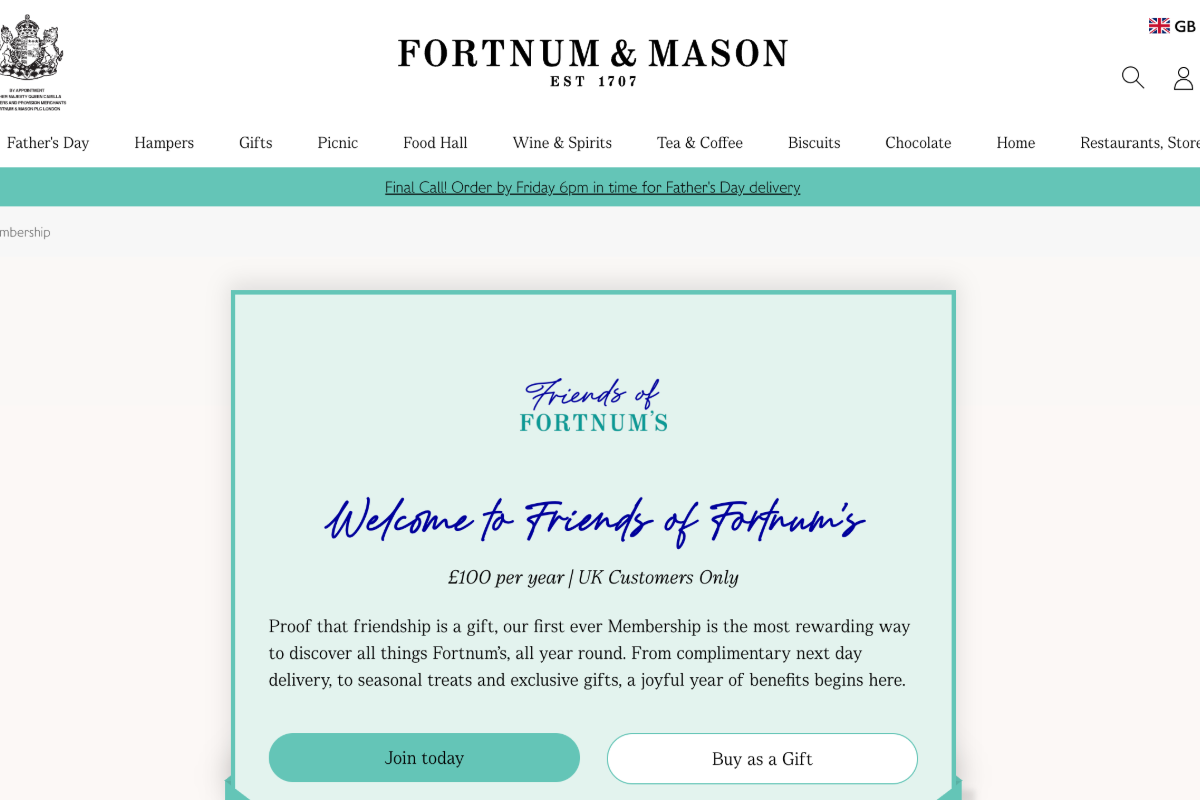Online fashion retailer boohoo has see profits drop by more than 90% in the year to February 2022, as customer demand drops, competition bites and costs soar.
Despite sales being up 14% to £2bn, driven largely by Covid measures still being in place across much of 2021, pre-tax profits dropped to £7.8m from £124.7m – a fall of 94% – across the year, sending shares tumbling.
The drop in profits has been blamed on the easing of restrictions sending shoppers back to physical retailers, while those who continued to shop with boohoo have been returning items at record levels. Boohoo has revealed that return rates are so high in the past three months, it effectively counts as a drop in sales.
The company has also blamed rising costs of production, materials, staff and shipping as contributing factors to the massive drop in profits. The company has warned that it anticipates these cost pressures to continue through this year and that it is planning a range of cost-cutting measures to be introduced across the business.
The company is also thought to be planning to rethink its supply chain, sourcing suppliers closer to the UK, reducing inventory levels and investing a new distribution hub to service the US market.
It is also looking at upgrading its Debenhams technology platform and agreeing deals with new wholesale partners.
It has also said that, while it will “mitigate where possible before passing prices on to consumers”, it can’t guarantee that prices may still rise.
In a statement, the company said: “In our largest market, the UK, growth has remained strong, compounding on the exceptional growth delivered in the previous year.”
It added: “Growth has however been impacted by three factors: firstly, returns rates increased significantly in the second half of the year ahead of both expectations and pre-pandemic levels; secondly, consumer demand has been subdued as a result of lockdowns in key markets throughout the year; and thirdly, our proposition internationally has been negatively impacted as a result of extended delivery times.”
Boohoo also said it expects the pandemic-related external factors that affected last year “will continue for the year ahead”.
Commenting on the results, Joshua Warner, Market Analyst at City Index: “Boohoo has reported its first drop in annual earnings since it went public back in 2014, with adjusted EBITDA falling 28% to £125.1 million – although this was bang on analyst estimates and largely in-line with what was being delivered before the pandemic. Sales growth has suffered a slowdown after booming during the pandemic, with revenue up 14% in the year to £1.98 billion, as sales normalise, return rates increase and its proposition is held back by longer delivery times. Still, sales continue to run well ahead of pre-pandemic levels.”
He continues: “The slowdown in sales growth is happening at a time when costs are rising across the board amid tough supply chain conditions and higher levels of investment as Boohoo continues to spend money on in its newer brands and on warehouse facilities both in the UK and overseas. The overall result was a dramatic 94% fall in annual pretax profit at the bottom-line to just £7.8 million.”
“Boohoo reiterated that these headwinds are temporary and that investing now will help it deliver faster growth in the future, but investors will have to prepare for tighter margins and slower growth in the meantime, with Boohoo targeting tepid low single-digit sales growth in the current financial year.”
Julie Palmer, partner at Begbies Traynor, says: “Retail shares have had a tough year so far and boohoo certainly hasn’t been immune – the company’s shares are currently down 75% down on lockdown-fuelled spending spree peaks and half what they were before Covid hit. boohoo has been hit by lower demand in key markets, long delivery times and higher return rates, and is also facing up to rising shipping costs, spiralling wage bills and more expensive materials.”
She adds: “The outlook isn’t pretty, with inflation a real concern for this outfit, and falling consumer confidence may mean customers thinking twice before refreshing their wardrobes as we head into summer. Throw in the costs of a new factory in Leicester after allegations two years ago the company wasn’t paying workers the minimum wage, along with spending on new distribution centres as it prepares for hoped-for expansion, and boohoo has a lot of ground to make up.”
Palmer concludes: “boohoo is going to have to come up with some new looks if it is going to stay relevant as it doesn’t take long for consumers to shop around for faster, more relevant alternatives these days.”









